Winners of the 2023 eVolo Skyscraper Competition challenge and explore the future of vertical architecture
By Josh Niland|
Wednesday, Jun 21, 2023

Related
The winners of eVolo Magazine’s 2023 Skyscraper competition have been announced, celebrating the art of tall buildings with the selection of three superlative projects and 15 honorable mentions that “challenge the way we understand vertical architecture and its relationship with the natural and built environments.”
Since the competition was established in 2006, the competition “recognizes outstanding ideas that redefine skyscraper design through the implementation of novel technologies, materials, programs, aesthetics, and spatial organizations, along with studies on globalization, flexibility, adaptability, and the digital revolution. It is a forum that examines the relationship between the skyscraper and the natural world, the skyscraper and the community, and the skyscraper and the city.”
Jurists for this year’s contest selected three cash prize winners out of a field of 309 submissions from architects, students, engineers, artists, and designers around the world.
Scroll down to learn more about each individual proposal.
FIRST PLACE - Nomad Metropolises
Design team: Chufeng Wu, Chang Lu, Bozhi Zheng, Duo Wang, and Shuxiao Zhang (China)
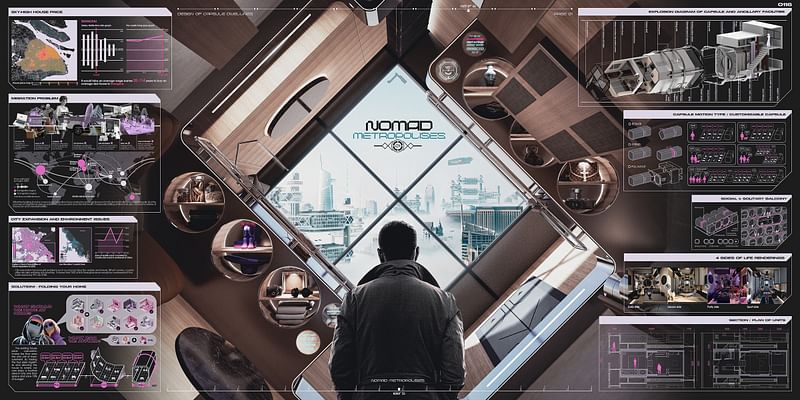
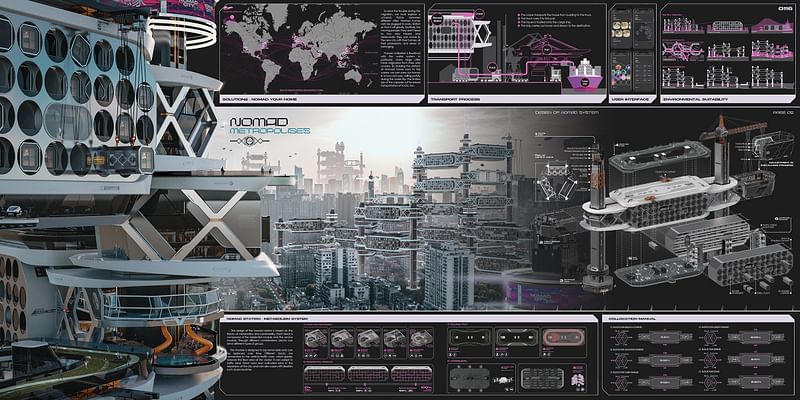
Project excerpt: "As of the 2000s, over-centralized urbanization and the explosion of the population contribute to the soaring of housing prices in major cities of the globe, which, inevitably causes a severe reduction in the affordability of housing for the middle and below class, and irretrievable damages on our environment. Today, the majority of our megacities’ outlanders, usually those young immigrants, only share a small area of inhabitation. Nevertheless, in the future, global coastal cities are estimated to shrink by 1.79 billion square kilometers in total by 2100, given the sea level rise under global warming. So, where their future inhabitation will be led to? With the development of transportation, people’s mobility between cities has become stronger. Job opportunities and resources drive people to move, so migration is becoming increasingly frequent both domestically and internationally. The motivation for migration must be good, but the process of migration is always painful for your pocket and mental health. Frequently shifting settlements also means the waste of resources and the reduction of sustainability. This project illustrates a brand new model of our future inhabitation. One metabolistic agglomeration that could formulate communities of all kinds and could be placed wherever the tenants want." Read more about the project here.
SECOND PLACE - Ocean Re-clamation Skyscraper
Design team: Dennis Byun, Harry Tse, and Sunjoo Lee (New Zealand)
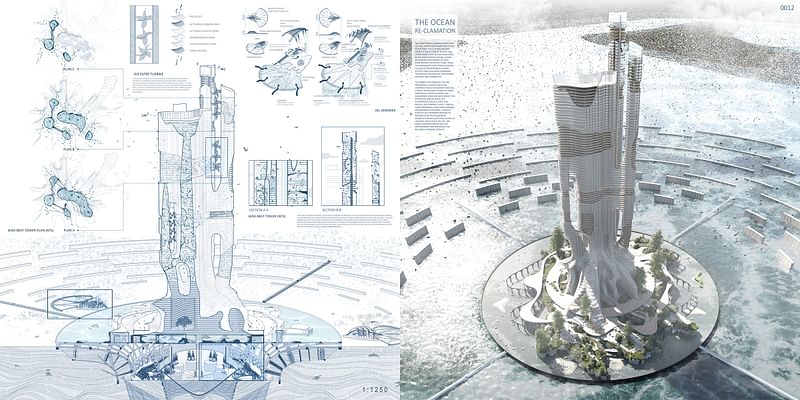
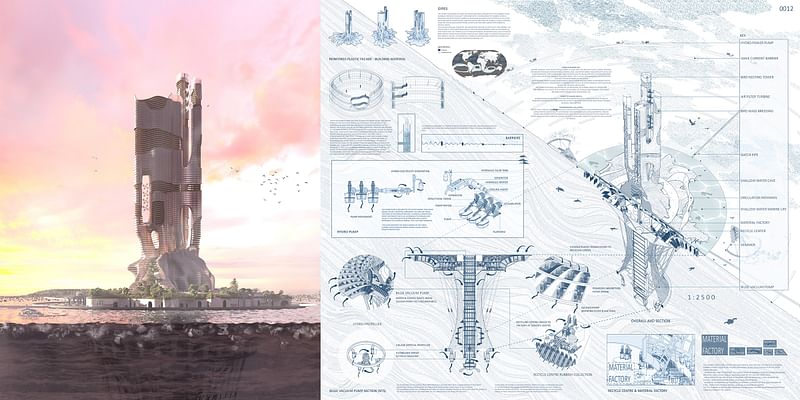
Project excerpt: "While many efforts are underway to reduce plastic waste and oil spills, such as recycling programs and the use of biodegradable plastics, we propose a bold new idea that takes plastic recycling to new heights. The skyscraper would be a shining example of innovative and sustainable architecture that addresses the problem of plastic pollution while also promoting biodiversity and wildlife conservation. The building’s exterior facade would be made entirely of recycled plastic sourced from ocean waste. But the true innovation of this idea lies in repurposing rubbish into reinforced plastic as a new building material. The once hazardous small plastic bits will be molded into a solid structure you can no longer consume or entangle, instead inhabit. Thus re-creating a safer environment for sea animals and nature. The tower is designed to move with the rubbish gyres (garbage patches) to collect and recycle its content. The movement of the gyres is primarily driven by ocean currents and wind patterns, so the organic facade and curved tower will naturally shift with the current if positioned near any major rubbish gyres. All the rubbish is sorted and taken to a material factory to be repurposed in the construction of the tower. The tower works in tandem with time, with the continuous construction of the plastic bird nesting tower and the cleaning of the ocean allowing a new mass breeding of once-endangered marine life." Read more about the project here.
Third Place: K8 Forest Lift Off
Design Team: Ahmad Hafez, Hamzeh Al-Thweib (Germany)
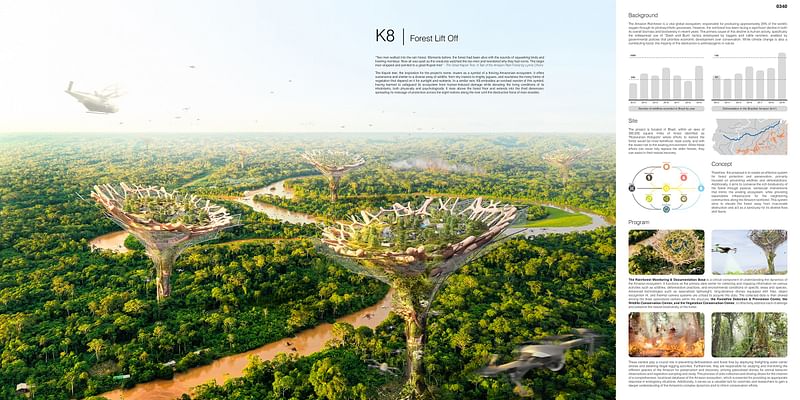

Project excerpt: "Inspired by the towering Kapok tree depicted in “The Great Kapok Tree: A Tale of the Amazon Rainforest” by Lynne Cherry, K8 embodies an evolved version of this symbol of a thriving Amazonian ecosystem. Just as the Kapok tree offers sustenance, shelter and support to a diverse array of wildlife and vegetation, K8 aspires to safeguard the ecosystem from human-induced damage, while elevating the living conditions of both its biodiverse inhabitants and its neighboring communities. As a skyscraper, K8 rises above the forest floor and extends into the third dimension, spreading its message of protection and preservation across the eight nations along the river. By addressing the underlying issues that enable destructive urbanism to exist, K8 seeks to demonstrate a new model for urban development that prioritizes the health of the ecosystem and the well-being of its biodiversity. Built on the incorporation of advanced drone technologies to monitor, detect and research its biodiversity along with its diverse events, as well as deter and respond in relation to destructive anthropogenic actions, while also incorporating passive interventions represented in water resource management and distribution. Aiming to be not just a structure, but a beacon of hope and a symbol of change, striving to elevate our understanding of the Amazon rainforest, representing a new paradigm for urban development that prioritizes conservation and sustainability." Read more about the project here.
Explore all 15 honorable mention projects by viewing their project boards in our image gallery below.

RELATED NEWS eVolo reveals 2022 Skyscraper Competition winners

RELATED NEWS eVolo reveals the 2021 Skyscraper Competition winners

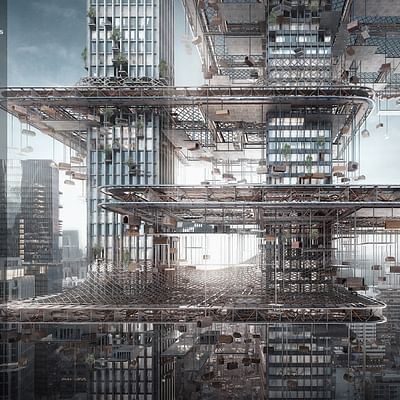
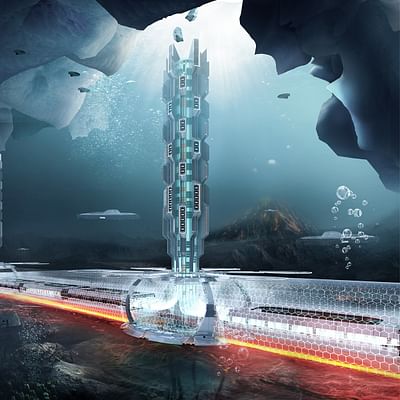
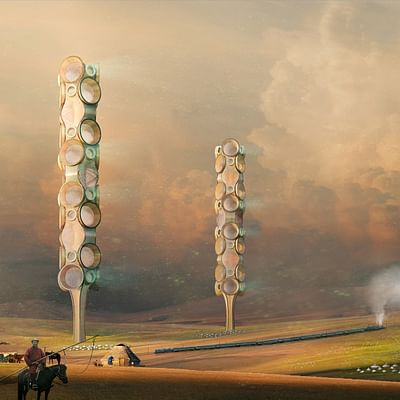

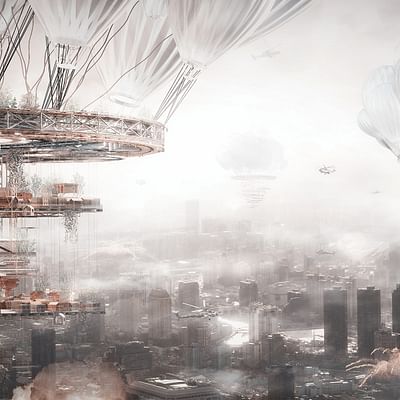
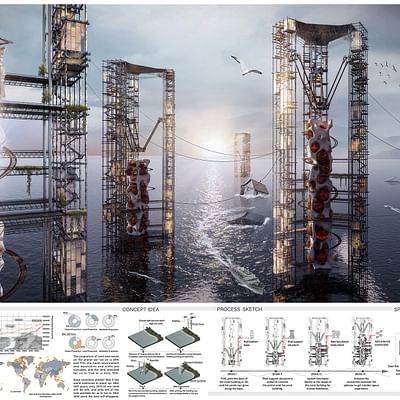
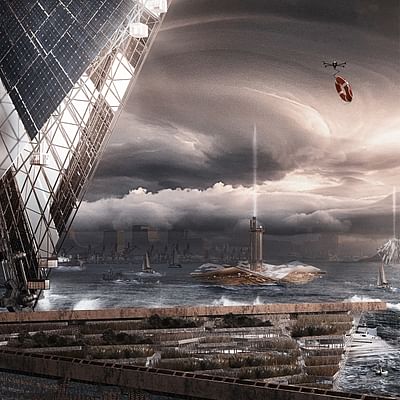

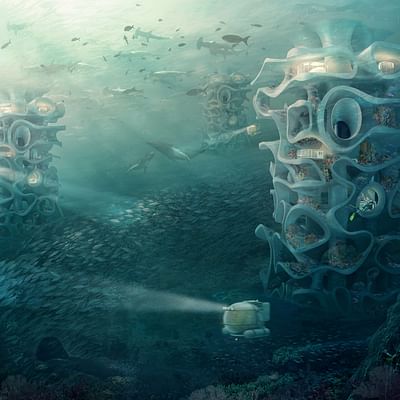
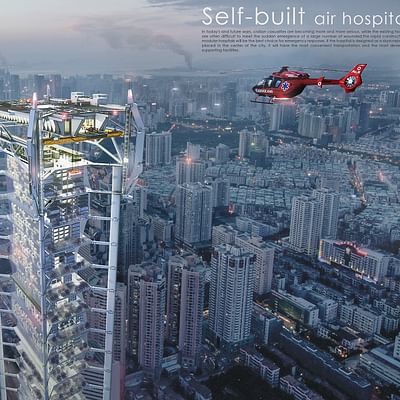
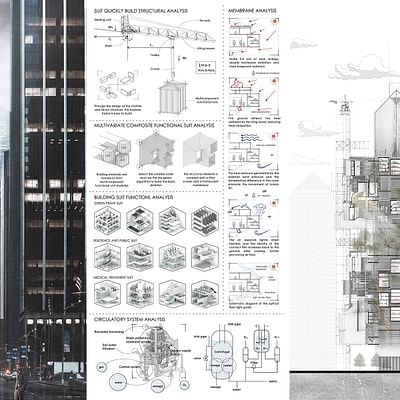

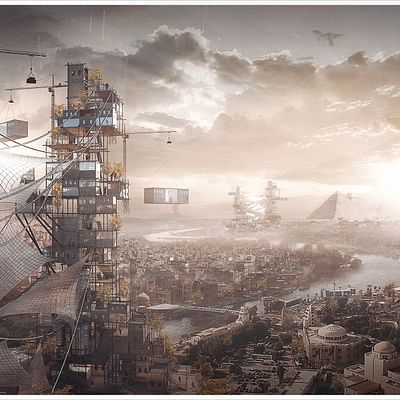
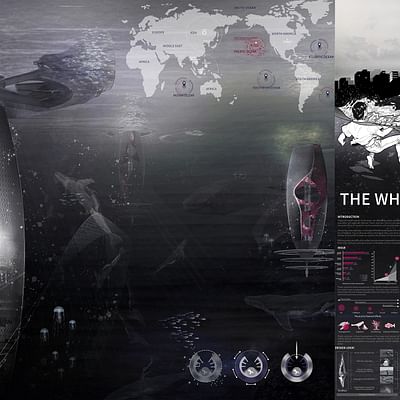
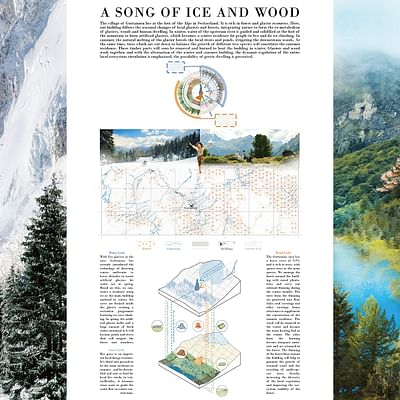

Share
0 Comments
Comment as :